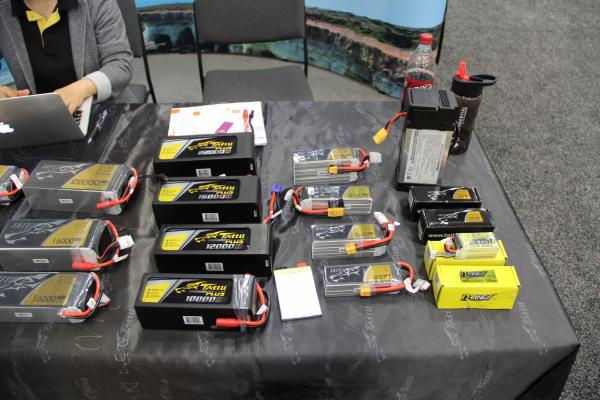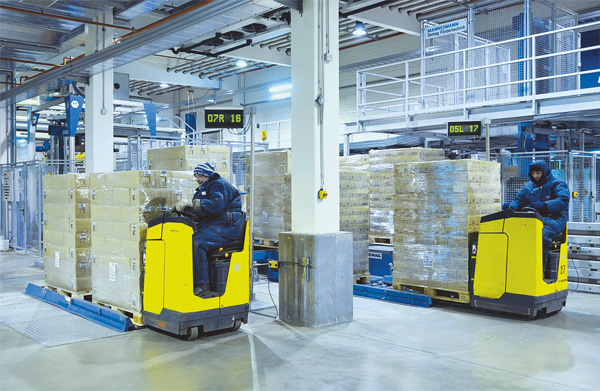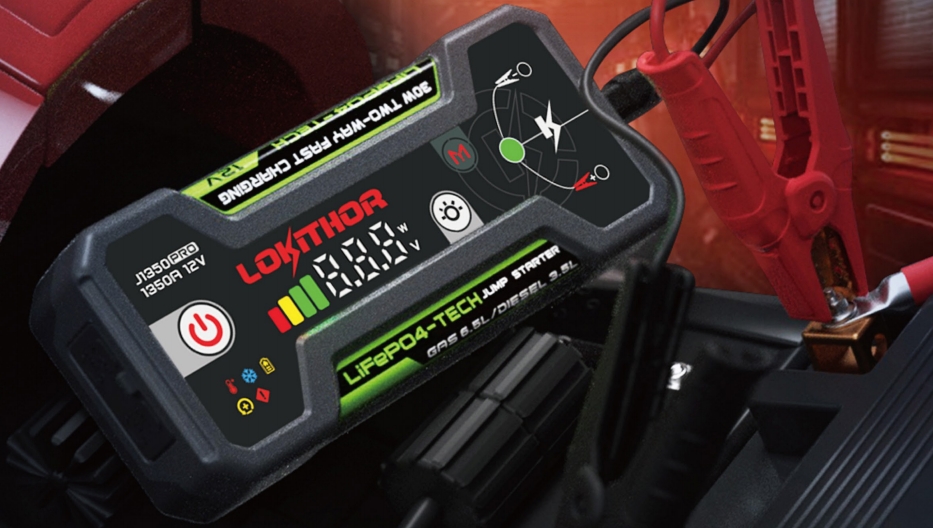Who are the leader in the battery and battery technology subfield?
Indeed, the industry leaders in batteries for energy storage are few famous brands like Tesla, Panasonic, LG, and Samsung, etc.
But, the leader of the battery industry is not limited to these big brands, and many companies have also taken the lead in some sub-sectors, like drone batteries, power tools, wearable devices, etc. It also depends on different types of battery.
1. Wireless Power Technology
When we talking about wireless charging, the “rumored” AirPower?

AirPower
Actually, in 2011, Samsung introduced its first commercial wireless charger for Droid Chargeback. Samsung also developed a Galaxy S4 wireless charging cover & mat in 2013. In 2015, Samsung announced “the new beginning of a new wireless charging era”. Galaxy S6 & S6 edge was the first to come with wireless charging as a basic option. Some are surprised to hear that wireless charging has been available in mobile phones that the Apple announcement (which is AirPower) in September 2017. In that before, Apple had acquired a wireless charger technique company in 2017, PowerbyProxi, a company that designs wireless power solutions.

PowerbyProxi wireless charging board
But as early as 2013, Samsung invested $4 million in this company. In 2015, Samsung launched its first wireless charging board. In 2017, Apple's acquisition of PowerbyProxi meant that Samsung would have to develop independently or acquire other Wireless charging technology. This company has not released any information since 2017.
A company specializing in the development of "REAL" wireless charging technology, Energous (WATT), which is also a wireless charging technology company that Apple previously a partner with. But the difference is that this company focuses on transmitter-and-receiver technology for distance charging.

WATTup wireless charging
Energous is also working on technology to charge larger, higher-powered devices from further away, but that's still a ways off, a full-size device charging at 15 feet away would appear on the roadmap for the end of 2020, it is said.
We can see that in future wearable devices and 3C smart products, wireless charging will bring more convenience, which will become a trend, and the “Real” wireless charging is getting closer to us.
2. Drone/UAV Battery Technology
In the drone battery industry, the batteries of Tattu and DJI should belong to this leading position. Similarly, in the agricultural plant protection drone battery industry, users will pay more attention to these 5 aspects of the battery:
Energy density
Discharge rate
BMS (Battery Management System)
Capacity
Weight

Tattu Batteries

3. Low-Temperature Resistance Battery Technology
As we know, the optimal temperature of batteries is around 20℃, because the electrolyte is most active at this temperature. In cold environments, the discharge efficiency of the battery will be reduced, and the capacity will be greatly reduced. Most batteries are not allowed or recommended to be charged and discharged at low temperatures. This kind of battery may not need to be touched by many people. After all, there are not many cases where batteries are needed in low-temperature environments, so low-temperature batteries may be more commonly used in:
Cold storehouse: AGV(automatic guided vehicle), forklift, etc.
Extreme environment: Ice fishing, skiing, deep diving
Outdoors: RV, marine, camping
Aerospace
etc.

As we know, the optimal temperature of batteries is around 20℃, because the electrolyte is most active at this temperature. In cold environments, the discharge efficiency of the battery will be reduced, and the capacity will be greatly reduced. Most batteries are not allowed or recommended to be charged and discharged at low temperatures. Among different battery types, lithium iron phosphate(LiFePO4, LFP), lead-acid(LA), lithium cobaltate(LCO), and nickel-metal hydride(NiMH) batteries should be relatively low-temperature resistant and commonly used.
LiFePO4
The Relion LT Series batteries are cold-weather performance batteries that can charge at temperatures down to -20°C. I saw this brand from amazon and some forums, they have finished products for online purchase, suitable for some standardized low-temperature equipment as backup batteries.
LCO & LiFePO4
Grepow, a battery manufacturer that concentrated on industrial batteries and drone battery (special in high discharge battery, Tattu drone battery is its subsidiary company), but they lack online purchase channels, only contact via email or phone. Their low-temperature LCO batteries can reach -50°C discharge (LiFePO4: -40°C) and -20°C charging.

Lead-acid
The low-temperature performance of lead-acid batteries is much better than other types of batteries. Generally, they can be charged and discharged at about -20 degrees, and the price is cheap.

Battery temperature resistance search on Google
However, lead-acid batteries are relatively large in weight and size, and require long-term maintenance, so they are more suitable for systems that are willing to perform regular maintenance, such as UPS.
NiMH
Some Cylindrical NiMH batteries can afford -30℃ to -40℃, like Panasonic’s low-temperature series.

Panasonic NiMh Battery
4. Fast Charging Battery
Fast charge battery refers to a battery that can be filled with 80% or 100% in a short time. By changing the electrolyte formulation of the battery to withstand high current and fully charge in a short time, fast charging is a technology to manage power transmission, which makes current to reach a higher level, which is the biggest feature of fast charge battery. In the case of a fast-charging battery charger, the battery also needs to be capable of fast charging. Fast charge battery cells have been tested to charge at up to 5C rate, while the traditional battery will be harmed when charged at only a rate of 2C. I don't know that much in this field. Most of the fast charging chargers I found on the Internet only. Here are a few companies that provide fast-charging batteries as references:
And another technology related to fast charging that is the solid-state battery, which is the advanced technology.
Today’s Li-ion batteries sidestep the dendrite issue by using liquid electrolytes for the conductive pathways, rather than a solid metal which would allow for ions to be packed closer together for greater capacity.
And, the solid-state battery is safer rather than the traditional ones, the key benefits of stable solid-state battery technology are: up to six times faster charging, 2-to-10 times the energy density, longer cycle life of up to 10 years (compared to two), and no flammable components.
Refer from this article: Solid-state battery — the successor to Li-ion — takes another step closer to our smartphones
Learn more about battery
Keep an eye on Grepow’s official blog, and we’ll regularly update industry-related articles to keep you up-to-date on the battery industry.
Grepow: https://www.grepow.com/
Grepow Blog: https://www.grepow.com/blog.html
Related article:
Related Articles
-

The Ultimate Guide to Grepow Jump Starter
2025-03-27 -

How to Choose Lithium Batteries for Cold Weather?
2024-09-19 -

Next-Generation eVTOL Battery Technology
2024-08-22

















































